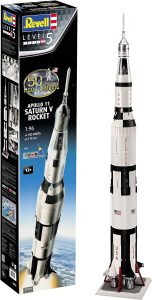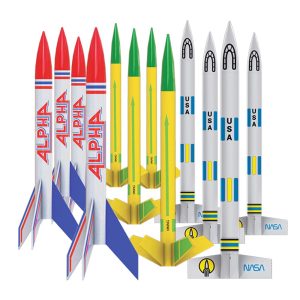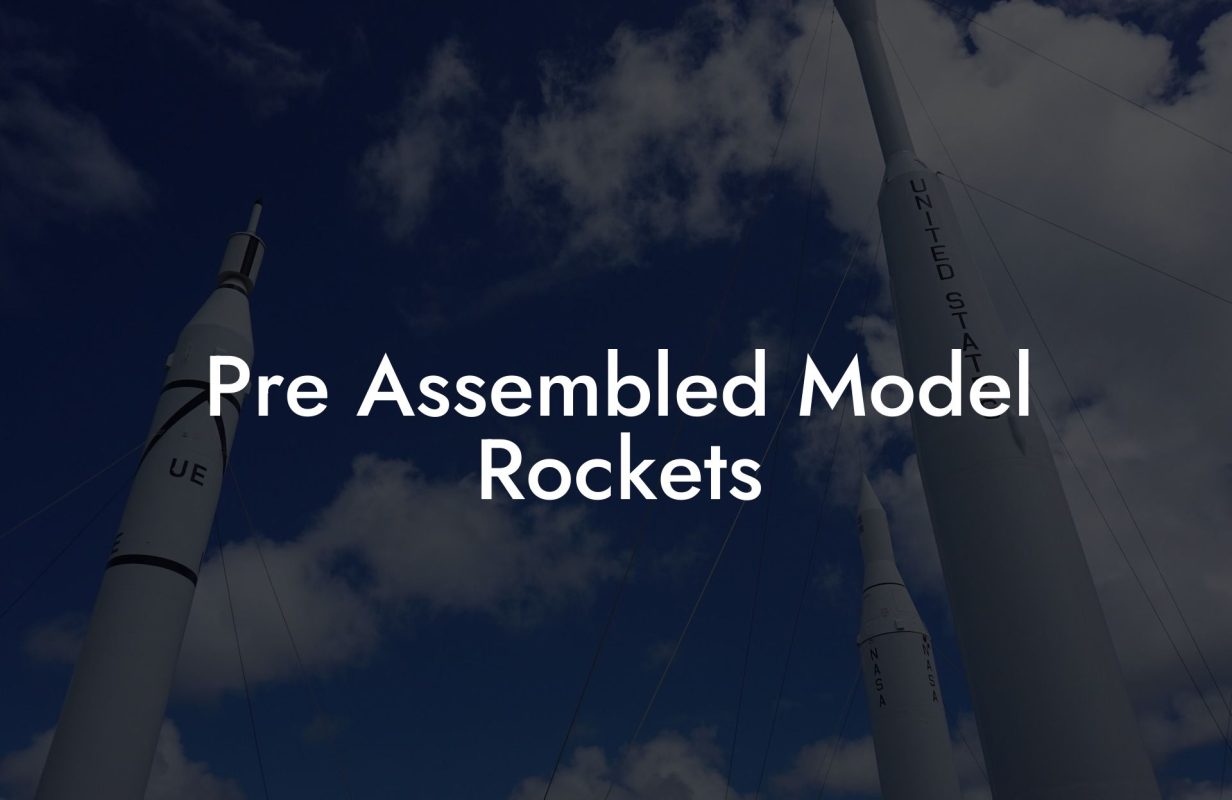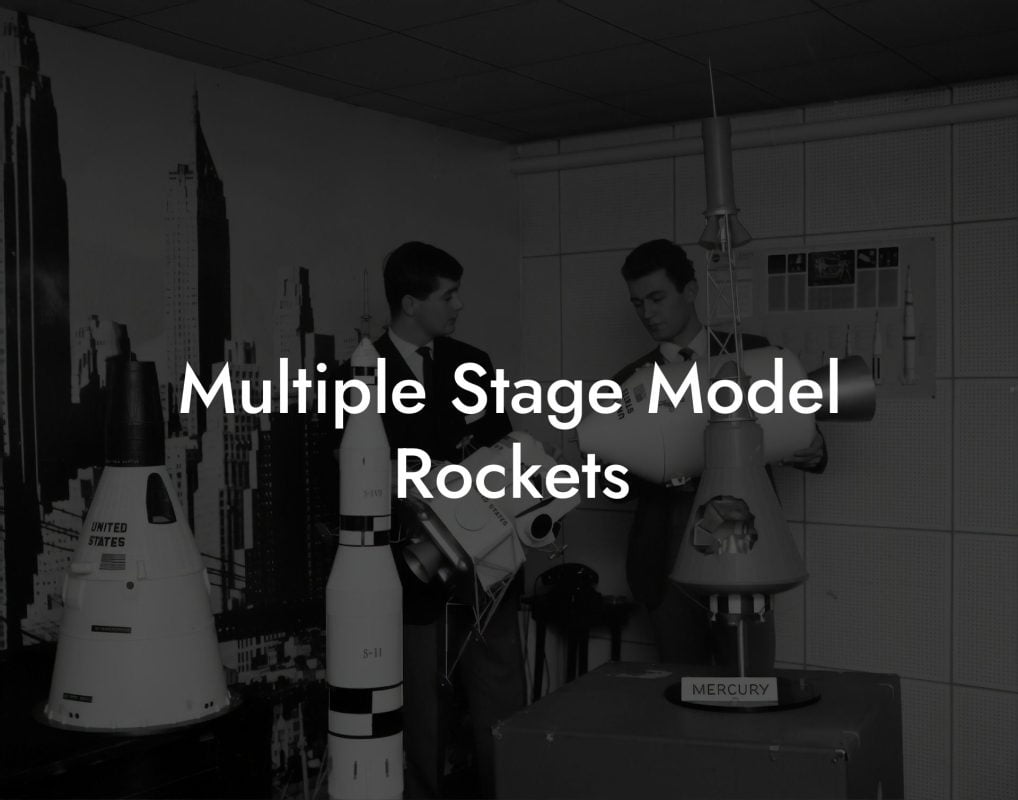Imagine blasting off into the world of model rocketry, where precision and control are key to a successful launch. One crucial aspect of model rocket design is stability, and that's where stability cal comes in. In this comprehensive guide, we'll delve into the world of stability cal, exploring its importance, how it's calculated, and the tools you need to get started.
Quick Links to Useful Sections
What Is Stability Cal?
Stability cal, short for stability calibration, is a critical component of model rocket design. It's a measure of a rocket's ability to maintain its orientation and trajectory during flight, ensuring a safe and successful launch. In essence, stability cal helps you predict how your rocket will behave in the air, allowing you to make adjustments to optimize its performance.
A well-designed stability cal takes into account various factors, including the rocket's shape, size, weight distribution, and aerodynamic characteristics. By calculating the stability cal, you can identify potential issues before launch, such as wobbling or spinning out of control, and make the necessary adjustments to ensure a smooth and stable flight.
Why Is Stability Cal Important?
Stability cal is crucial for several reasons:
- Safety: A stable rocket is less likely to crash or cause damage, ensuring a safe launch for both the rocket and spectators.
- Performance: A well-calibrated stability cal helps your rocket reach its maximum altitude and achieve optimal performance.
- Reusability: By ensuring a stable flight, you can recover your rocket intact, reducing the need for costly repairs or replacements.
In short, stability cal is essential for a successful and enjoyable model rocketry experience.
Looking For The Best Model Rocket Kits? You'll Love These:
How Is Stability Cal Calculated?
Calculating stability cal involves a combination of mathematical formulas and physical measurements. Here's a simplified overview of the process:
- Measure the rocket's dimensions: Take precise measurements of your rocket's length, diameter, and weight distribution.
- Determine the center of gravity (CG) and center of pressure (CP): Calculate the CG and CP using formulas or specialized software.
- Calculate the stability margin: Use the CG and CP values to determine the stability margin, which indicates the rocket's stability.
- Adjust the design: Based on the stability margin, make adjustments to the rocket's design to optimize its stability and performance.
While this process may seem complex, there are many resources available to help you calculate stability cal, including online tools and software specifically designed for model rocketry.
Tools and Resources for Stability Cal
To get started with stability cal, you'll need a few essential tools and resources:
- model rocket design software: Programs like OpenRocket or RockSim allow you to design and simulate your rocket's flight, including stability cal calculations.
- Calipers and measurement tools: Accurate measurements are crucial for stability cal calculations, so invest in a good set of calipers and measurement tools.
- Online resources and forums: Websites like the National Association of Rocketry (NAR) and online forums provide valuable resources, tutorials, and guidance from experienced model rocketeers.
With these tools and resources, you'll be well on your way to mastering stability cal and designing high-performance model rockets.
Frequently Asked Questions About Stability Cal
Here are some common questions about stability cal:
1. What is the ideal stability margin for a model rocket?
The ideal stability margin varies depending on the rocket's design and intended use. As a general rule, a stability margin of 1-2 cal is considered stable, while a margin above 2 cal is highly stable.
2. How often should I recalculate stability cal?
You should recalculate stability cal whenever you make significant changes to your rocket's design, such as modifying the shape, size, or weight distribution.
3. Can I use stability cal for other types of rockets, like high-power rockets?
Yes, stability cal is applicable to various types of rockets, including high-power rockets. However, the calculations and considerations may differ depending on the specific rocket design and intended use.
Resources and community Support: Your Next Steps
Now that you've learned the basics of stability cal, it's time to take your model rocketry skills to the next level. Here are some resources and community support to help you on your journey:
- National Association of Rocketry (NAR): The NAR is a great resource for model rocketeers, offering tutorials, guides, and community forums.
- Online forums and communities: Join online forums and social media groups dedicated to model rocketry to connect with experienced enthusiasts and get valuable advice.
- Local model rocket clubs: Look for local model rocket clubs in your area, where you can meet fellow enthusiasts, learn from their experiences, and participate in launches and events.
With these resources and a bit of practice, you'll be well on your way to mastering stability cal and designing high-performance model rockets.
Looking For The Best Model Rocket Kits? You'll Love These:
Useful Interruption: Dive deeper into the world of Model Rockets with our most popular sections. If there is anything you think is missing or anything you would love for us to write about, just give us a shout.
- Getting Started & Basics With Model Rockets
- Model Rocket Design, Build & Customization
- Model Rocket Propulsion & Engine Technology
- Model Rocket Launch Techniques & Recovery
- Model Rocket Advanced Rocketry & Innovations
- Model Rocket DIY and Customization
- Model Rocket Equipment Reviews & Digital Tools
- Community, Competitions & Education
- Model Rocket Troubleshooting & FAQs
- Model Rocket Bonus/Seasonal & Niche Topics
A group of model rocket enthusiasts gathered at a field for their weekly launch event. Among them was Dave, a seasoned builder known for pushing the limits of hobby rocketry. This time, he had outdone himself.
“Ladies and gentlemen,” Dave announced, dramatically pulling a cloth off his latest creation, “I present to you: The Kraken!”
The crowd gasped. This wasn’t just a model rocket, it was a monster. The thing stood 8 feet tall, had six clustered engines, and was covered in enough duct tape to qualify as a classified aerospace project.
“Dave,” muttered Steve, the cautious safety officer, “Have you, uh… done the math on this?”
“Math?” Dave scoffed. “I built it in my garage at 3 a.m. with parts from eBay. This is an art piece, Steve.”
The countdown began.
5…
4…
3…
2…
1…
The engines ignited with a BOOM, and The Kraken shot up… kind of. It immediately did a violent barrel roll, narrowly missing the spectators before skyrocketing at an angle that could only be described as “legally questionable.”
The crowd collectively ducked as The Kraken flew straight over the adjacent cornfield, where Old Man Jenkins, the grumpiest farmer in town, was minding his business.
KABOOM!
The rocket disappeared behind the barn. A moment later, a flaming piece of Estes igniter wire landed at Steve’s feet. The silence was deafening.
And then, an unmistakable sound echoed across the field.
Jenkins’ shotgun being cocked.
“DAVE!!!” Steve shouted. “RUN.”
And that was the day Dave invented the first-ever biologically powered rocket booster: pure adrenaline.
To this day, nobody knows where The Kraken landed, but legend has it, it still haunts the skies, terrifying unsuspecting drones and low-flying birds.















